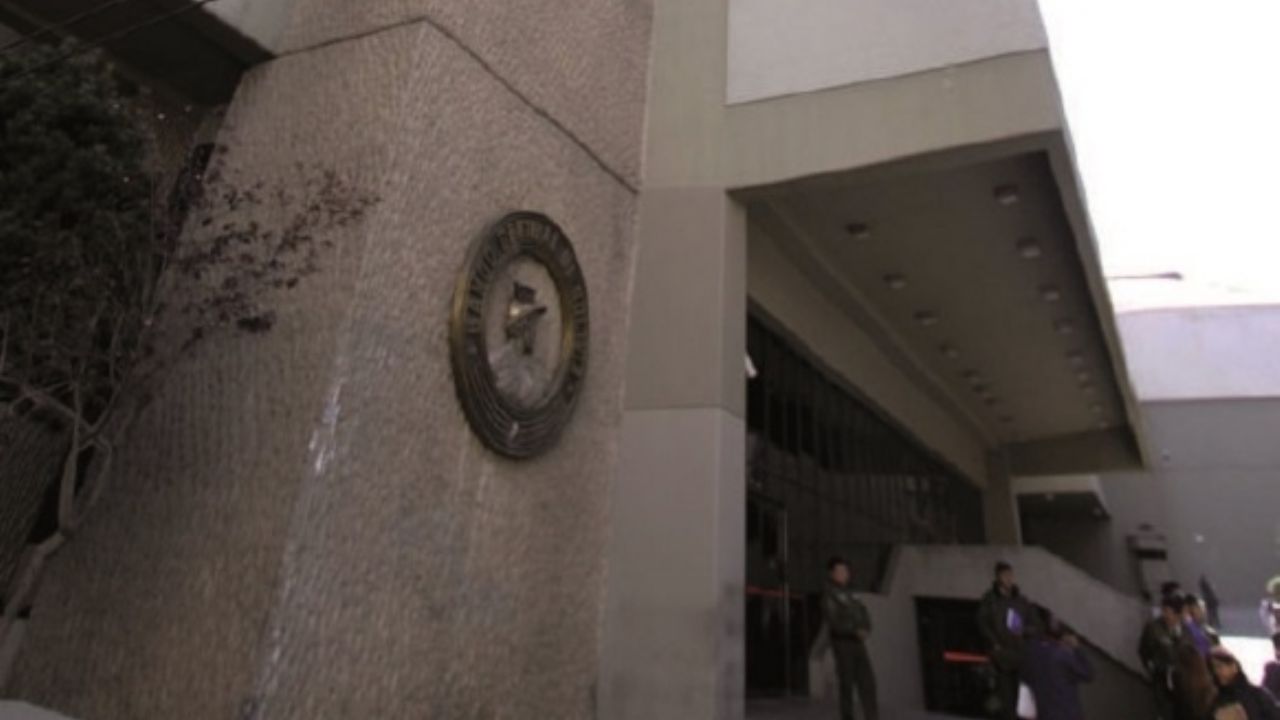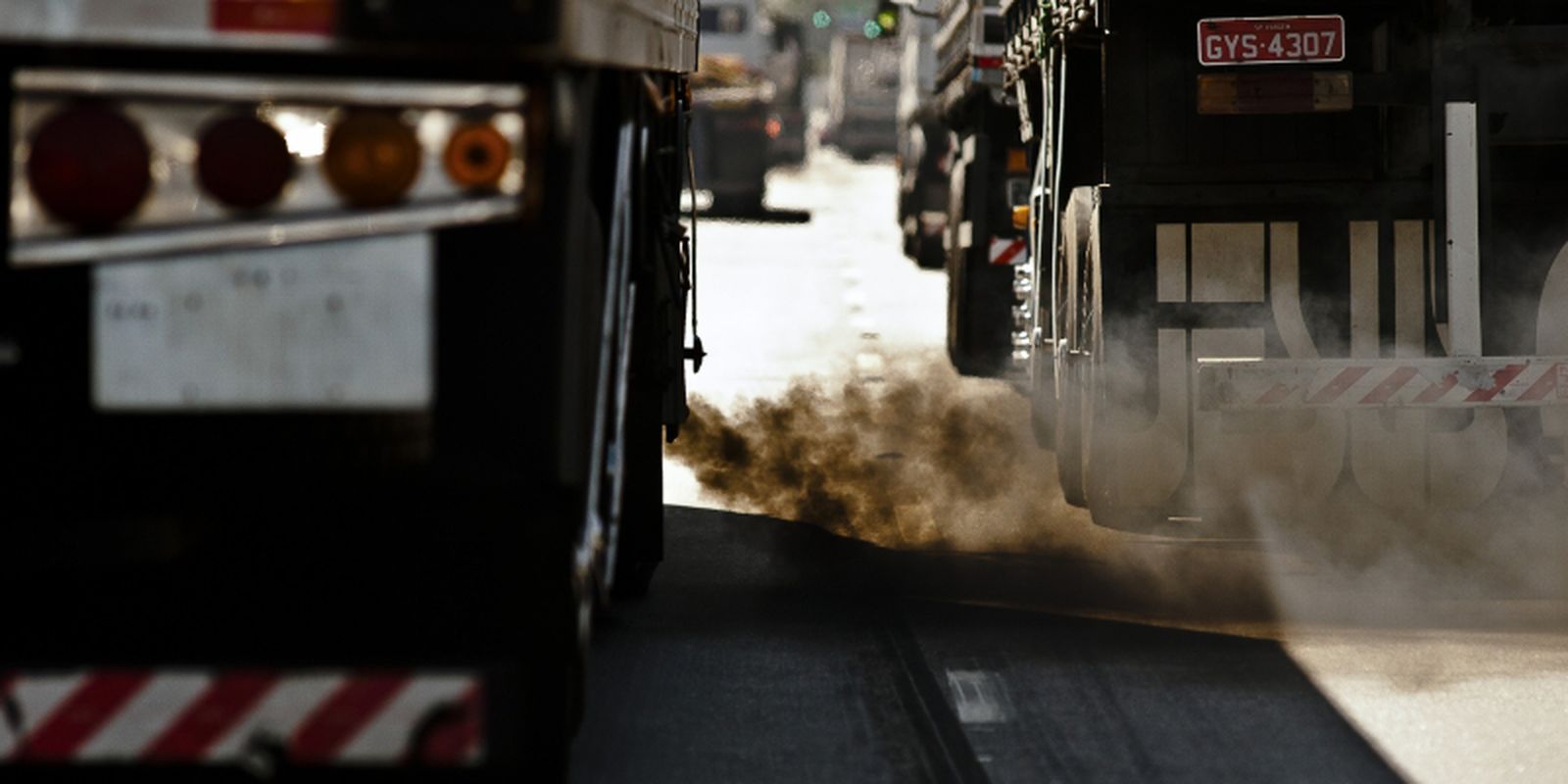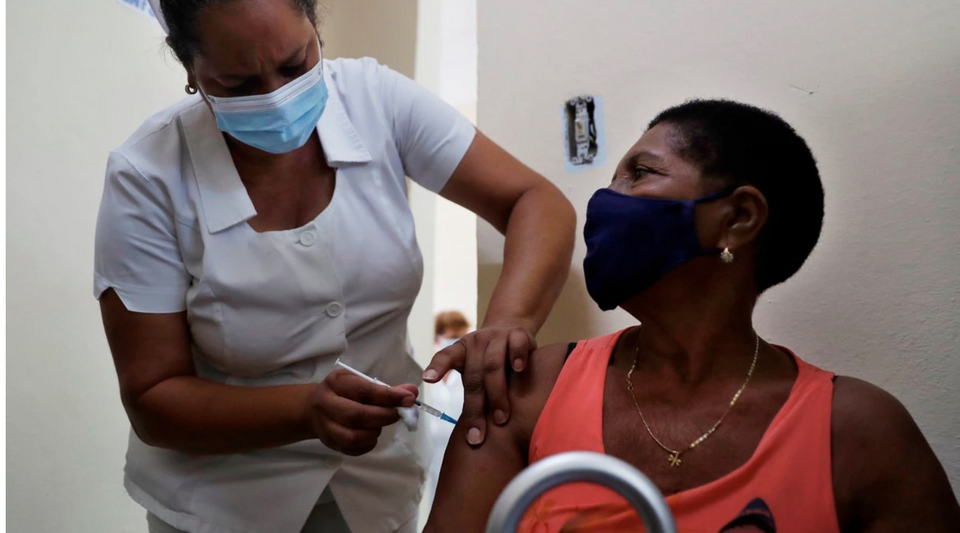Page Seven / La Paz
The large fiscal deficit, the decline in the Net International Reserves (RIN), the debt and the problems of low investment in the main State company still hit the economy despite the recovery and growth experienced until June, according to the evaluation of rating agencies risk, businessmen and analysts.
Juan Antonio Morales, former president of the Central Bank of Bolivia (BCB), said that the situation of public finances is complicated with such a high deficit and that this year it was projected at 9.2% of the Gross Domestic Product (GDP).
“There is a very large fiscal weakness, a 9.2% deficit is high and the International Monetary Fund (IMF) projections suggest that the gap will remain high until 2026 and above 6% of GDP,” he said.
He added that before the pandemic, the previous government achieved fiscal space with the reduction of public investment in public companies, but now again this is insisted on, although execution is low because there are no resources.
In any case, for Morales, the loan of 500 million dollars from the Inter-American Development Bank (IDB) is good news and a relief for the fiscal sector and the NIRs.
René Martínez, an analyst at the Jubilee Foundation, stated that the country has problems of generating resources and therefore the high fiscal deficit, but clarified that this does not originate in 2020 but as of 2014 when the economy begins to slow down and there are fewer income.
“There is a liquidity problem, lower International Reserves, but the Government in recent years continued to spend at the cost of greater debt and when it was necessary to correct fiscal imbalances, the solution to the problem was postponed. Now it is complicated and indebtedness can become unsustainable, “he added.
The economist Rolando Morales argued that in the real sector of the economy that has to do with the production of goods and services there is an interesting reactivation, but the fiscal sector is still weak due to the deficit and there are liquidity problems.
He added that externally there is an improvement in the prices of hydrocarbons and minerals that can raise the country’s income, but inflation in the United States (USA) should be observed with concern.
The authorities are evaluating measures to absorb the dollars issued and interest rates are expected to rise. “That means that the prices of raw materials will fall again; It will be difficult to get external credit, but in the coming months there is a window of opportunity for Bolivia that it must know how to take advantage of ”, he pointed out.
The manager of the National Chamber of Commerce (CNC), Gustavo Jáuregui, said that the fiscal deficit that has dragged on in the last seven years is worrying, which would be around 106 billion bolivianos.
This means that the State generates excessive spending and must finance the gap with debt in a contact with the fall of the NIRs that reaches 5,032 million dollars.
“Under this scenario, the most advisable thing for the national government is to develop economic measures coordinated with the private business sector, aimed at generating a better climate for investments and allowing an adequate and timely reactivation and revitalization of the economy,” he stressed.
The Moody’s Risk Rating Agency, in its latest report on the country, warned that the liquidity risks of the Bolivian Government are increasing, due to the high fiscal deficit, the decrease in fiscal savings and international bond payments in 2022 and 2023.
The agency projects that the fiscal deficit will remain above 5% of GDP for the next two to three years, raising the government’s nonfinancial public sector debt burden to 72% of estimated GDP by 2022, the double its level from a decade earlier.
“If fiscal and foreign exchange reserves continue to decline, it is likely that the Government will have to resort to other more expensive sources of internal and external financing to cover its needs, which will increase in October 2022, when the first bond arrives due to a capital payment. of $ 500 million (1.3% of GDP), followed by another maturity of $ 500 million in 2023 ”, warns Moody’s.
Fitch Ratings, for its part, expects a cyclical recovery in revenues to reduce the government deficit to 8.2% of GDP in 2021 from 12.9% in 2020.
According to the rating agency, a narrower fiscal and external sector limits the scope to replicate the state-led development model that generated high growth in the past, and there are no reform plans to support stronger investment and dynamism in the private sector. “The fiscal deficit projected at 8.2% of GDP in 2021 is high and the fiscal adjustment and financing plans are uncertain, which highlights risks in the macroeconomic outlook.”
Cainco: The country is still vulnerable in the fiscal and financial sphere
The country needs to speed up the speed of economic recovery, as well as reduce vulnerability in the external, financial and fiscal sphere, according to an analysis by the Bolivian Center for Economic Studies (Cebec) of the Santa Cruz Chamber of Industry and Commerce and Tourism ( Cainco).
For the Center, it is positive that the GDP has grown 9.4% in the second quarter and the IGAE 9.2% in July, because it contrasts with the drop in GDP of 12.9% and 13% of the IGAE in 2020.
However, he points out that this rebound is still insufficient to recover the level of activity prior to the pandemic.
“In fact, as of July, economic activity in Bolivia is still 3% below the 2019 level, which is similar to the situation in Argentina (2% below), but different from Chile (6% per above), Peru (4%) and Brazil (2%) ”, he specifies.
The external debt disbursements are to cover state operations in most cases, infrastructure projects and were not used to finance private operations in the industrial sector. The same occurs with TGN’s debt with the Central Bank of Bolivia (BCB) to finance the fiscal deficit, which is concentrated in the payroll and the acquisition of goods and services.
Cebec also observes the insufficient investment in oil exploration and, therefore, future possibilities of exploitation as a result of the low execution of YPFB.







